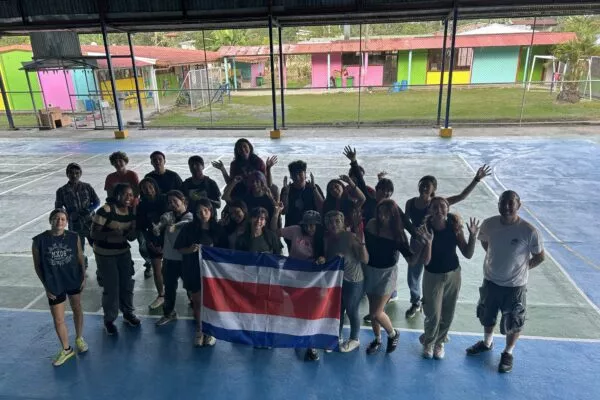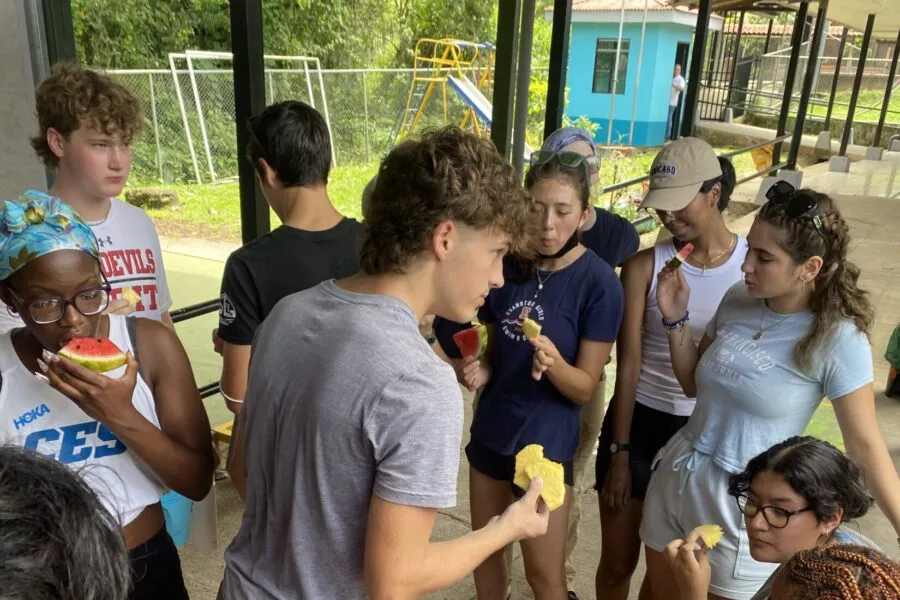About Turrialba
Culture
People from Turri are known not only for their natural resources and popular adventure activities but also for their welcoming hearts. They are very open to visitors and are always happy to share a cup of coffee and stories of their lives. Turri offers the perfect combination of a small city and a big enough town to go beyond the natural beauty of Costa Rica and explore the complexities of life in a developing country.


























